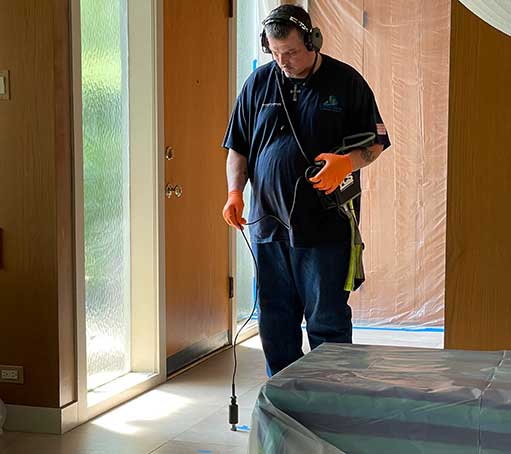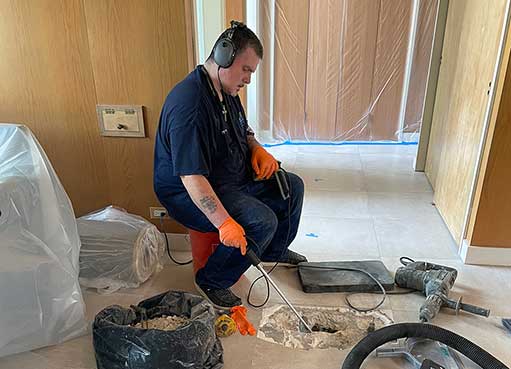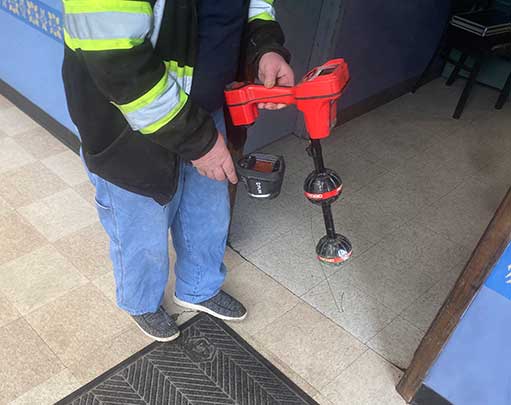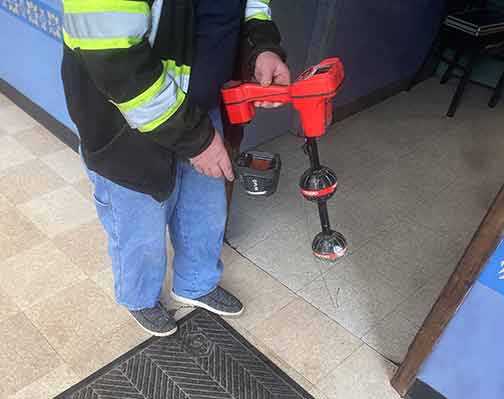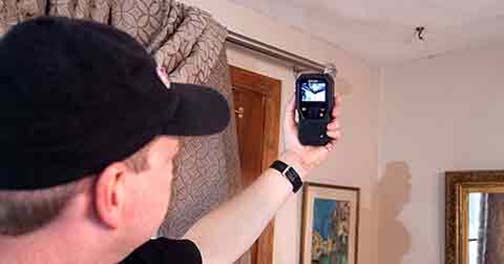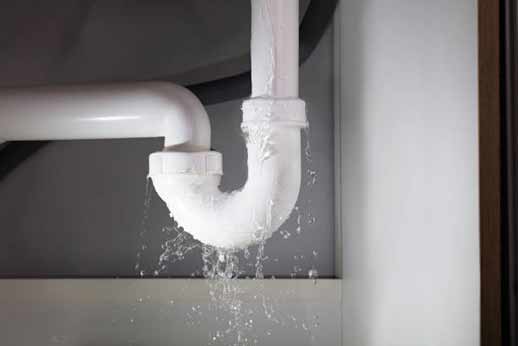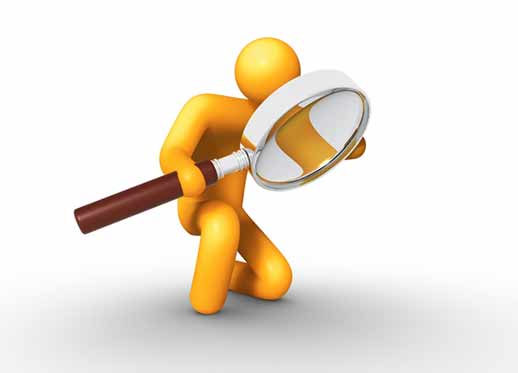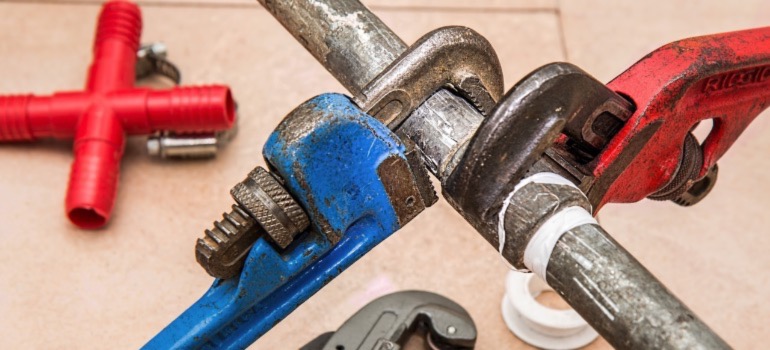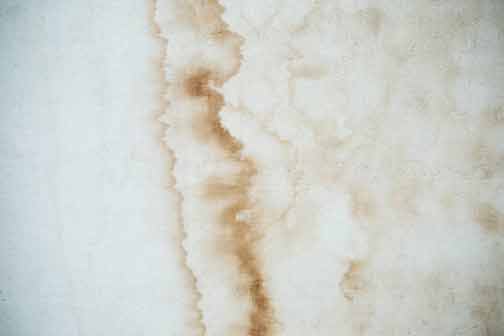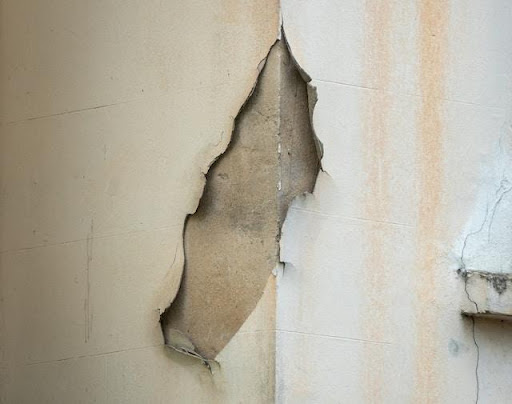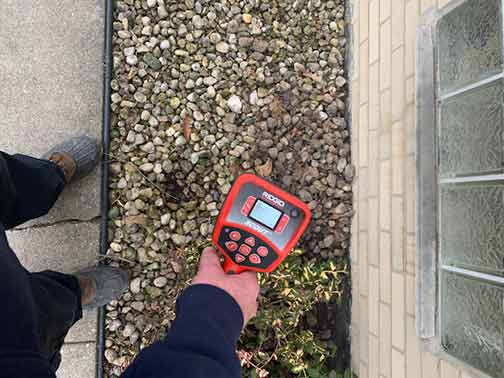Understanding the Cost of Professional Leak Detection in Chicago
When it comes to dealing with leaks in your home or business premises, time is of the essence. Ignoring the issue can lead to significant damage and expensive repairs down the line. Therefore, it is crucial to enlist the help of professionals who can quickly and accurately detect and fix leaks. In this article, we will explore the cost of professional leak detection services in Chicago, ensuring that you are well-informed before making any decisions.
The Importance of Professional Leak Detection
Leak detection is a specialized field that requires expert knowledge and advanced equipment. While some leaks may be visible and easy to identify, others can be hidden behind walls, underground, or within the complex plumbing systems of your property. Attempting to detect and fix these leaks yourself can result in more damage and potentially higher costs in the long run.
By hiring professional leak detection services, you benefit from the expertise of trained professionals who have experience in diagnosing and resolving diverse leak issues. These experts utilize state-of-the-art technology and techniques to locate leaks accurately and minimize the disruption to your property.
Factors Influencing the Cost of Leak Detection
The cost of professional leak detection can vary depending on several factors. It is essential to understand these factors to have a clearer idea of what to expect when seeking these services in Chicago.
1. Size and Complexity of the Property
One of the primary factors influencing the cost of leak detection is the size and complexity of the property. Larger properties or those with intricate plumbing systems may require more time, effort, and resources to locate and resolve leaks. As a result, the cost may be higher for such properties.
2. Type of Leak Detection Technology Used
Professional leak detection companies employ various technologies to identify leaks accurately. These may include infrared thermography, acoustic listening devices, and helium testing, among others. The type of technology used can impact the cost of the service, as more advanced methods may require higher upfront investments by the service provider.
3. Accessibility of the Leak
The accessibility of the leak also plays a role in determining the cost. If the leak is easily accessible and visible, it may be easier and quicker to detect and fix. However, leaks hidden behind walls, underground, or in remote areas can be more challenging to locate and repair, potentially increasing the overall cost.
4. Urgency of the Service
In certain situations, such as emergencies or severe leaks causing significant damage, immediate leak detection becomes crucial. Emergency leak detection services may come with additional charges due to the urgency involved and the need for prompt action to mitigate further damage.
5. Reputation and Expertise of the Service Provider
The reputation and expertise of the leak detection service provider also factor into the overall cost. Well-established companies with a proven track record of excellent service and customer satisfaction may charge higher fees for their expertise and experience. While opting for a cheaper alternative may seem tempting, it is essential to prioritize quality and reliability when it comes to addressing leaks in your property.
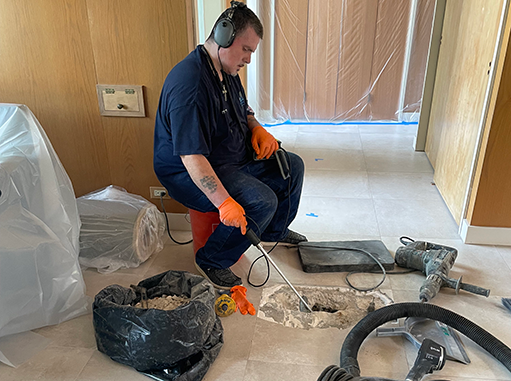
While opting for a cheaper alternative may seem tempting, it is essential to prioritize quality and reliability when it comes to addressing leaks in your property.
Average Cost Range for Professional Leak Detection in Chicago
While the cost of leak detection services can vary, the following ranges can provide a general idea of what to expect in terms of pricing:
1. Residential Properties:
- Small or straightforward properties: $200 – $500
- Medium-sized properties: $500 – $1,000
- Larger or complex properties: $1,000 – $2,000+
2. Commercial Properties:
- Small businesses or offices: $500 – $1,000
- Medium-sized commercial buildings: $1,000 – $5,000
- Larger or industrial properties: $5,000 – $10,000+
Please note that these are average cost ranges, and the final cost may vary depending on the aforementioned factors specific to your situation. It is always recommended to obtain multiple quotes from reputable leak detection service providers in Chicago to ensure that you are getting the best value for your investment.
Choosing the Right Leak Detection Service Provider
Selecting the right leak detection service provider is crucial to ensuring a successful and efficient resolution of your leak issues. Consider the following factors when making your decision:
1. Experience and Expertise
Look for companies with extensive experience in the leak detection industry. A company that has been in business for a longer time is likely to have dealt with a wide range of leak scenarios and possess the necessary expertise to handle your specific needs.
2. Reputation and Reviews
Check online reviews and testimonials from previous customers to gauge the reputation of the leak detection service provider. Positive feedback and high ratings are good indicators of the company’s commitment to quality and customer satisfaction.
3. Licensing and Insurance
Ensure that the leak detection service provider is licensed and insured. This protects both you and the service provider in case of any unforeseen incidents or damages that may occur during the leak detection process.
4. Competitive Pricing
While cost should not be the sole determining factor, it is essential to find a leak detection service provider who offers competitive pricing without compromising on quality. Obtain detailed quotes from multiple companies to compare their offerings and make an informed decision.
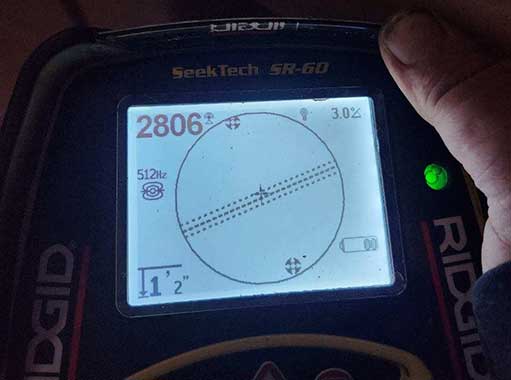
Remember, when it comes to leaks, timely action is critical, so do not hesitate to seek professional assistance when needed.
Preventing Leaks and Minimizing Costs
While professional leak detection services are essential for efficiently resolving leaks, there are steps you can take to prevent leaks and minimize associated costs in the future:
1. Regular Maintenance
Implement a regular maintenance schedule for your plumbing system to catch potential issues before they escalate into significant leaks. Inspect pipes, faucets, and appliances periodically and address any signs of wear or damage promptly.
2. Drainage and Gutters
Ensure proper drainage and clean gutters to divert water away from your property effectively. Improper drainage can lead to water pooling and seeping into your building’s foundation, leading to leaks and water damage.
3. Weatherproofing
Seal any gaps or cracks in your property’s exterior walls, windows, and doors to prevent water intrusion during heavy rains or storms. Proper weatherproofing can significantly reduce the risk of leaks and subsequent water damage.
4. Insulation
Properly insulate exposed pipes to prevent freezing during colder months, which can lead to burst pipe emergencies and leaks. Insulation not only helps protect against leaks but also improves energy efficiency in your property.
Professional leak detection services in Chicago are an investment that can save you significant time, money, and stress in the long run. By understanding the factors influencing the cost of these services and selecting the right service provider, you can efficiently address leaks and protect your property from further damage. Additionally, taking preventative measures to minimize the risk of leaks can help you avoid future costly repairs. Remember, when it comes to leaks, timely action is critical, so do not hesitate to seek professional assistance when needed.
Are you in need of professional leak detection services in the Chicagoland area? Contact us below:
